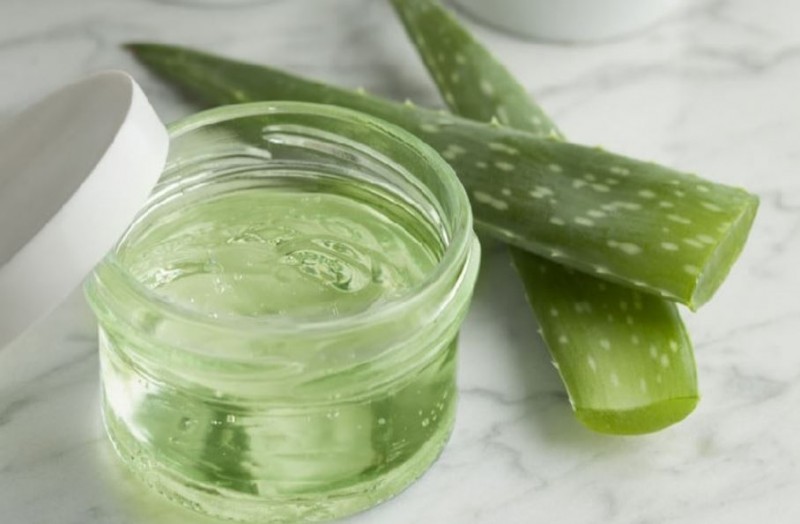
Aloe vera gel is rich in vitamins A, B, and C, along with anti-bacterial and antioxidant properties. Many beauty products utilize aloe vera gel, but commercially available gels may contain preservatives and chemicals, compromising their purity. Chemical-laden aloe vera gel applications can sometimes lead to allergies and rashes. Therefore, preparing aloe vera gel at home is a simple and effective alternative.
To make aloe vera gel at home, gather aloe vera leaves, lemons, and rose water. Begin by extracting the gel from the aloe vera leaves, removing the thorny edges and peeling off the top layer. Blend the gel using a mixer and store it in an airtight container in the refrigerator.
When using the homemade aloe vera gel, allow it to sit for a while after removing it from the fridge. Mix in lemon juice and a few drops of rose water. This mixture can be applied on the face for up to a week without spoilage.
Benefits of using aloe vera gel:
1. Sun Tan Relief:
Aloe vera's cooling and soothing properties make it an effective remedy for sun tan. In this detailed explanation, we can explore how aloe vera helps in reducing sun damage, calming irritated skin, and promoting healing. We may also delve into scientific aspects, such as the role of antioxidants in repairing sun-damaged skin cells.
2. Reduction of Blemishes:
To understand how aloe vera contributes to reducing blemishes, we can explore its exfoliating properties and how it aids in regulating melanin production. This section could include information on specific compounds in aloe vera responsible for these effects, giving readers a deeper insight into the science behind its effectiveness.
3. Pimple Control:
Aloe vera's potential in controlling pimples can be explained by examining its antibacterial and anti-inflammatory properties. Elaborating on how it keeps the pores clean and prevents excess oil production can provide readers with practical tips for incorporating aloe vera into their skincare routine for pimple prevention.
4. Skin Hydration:
The detailed explanation of aloe vera's role in skin hydration can cover its ability to moisturize without clogging pores. We can explore the composition of aloe vera gel that makes it an excellent natural moisturizer and how it differs from synthetic alternatives.
5. Anti-aging Properties:
This section can discuss how aloe vera helps in preventing premature aging by promoting collagen production and maintaining skin elasticity. We can elaborate on the antioxidants present in aloe vera that fight free radicals, explaining how they contribute to a youthful appearance.
6. DIY Aloe Gel:
The step-by-step process of making aloe vera gel at home can be explained in detail. This includes extracting the gel from the leaves, blending it, and the addition of other ingredients like lemon juice and rose water. Tips on storage and shelf life can also be provided to ensure readers can make and use the gel effectively.
7. Precautions and Allergies:
It is essential to inform readers about potential allergies and precautions associated with using aloe vera. This section can detail situations in which individuals may need to be cautious, such as allergies to aloe vera or other components of the DIY gel. Providing alternatives or consulting a dermatologist in case of uncertainty can be emphasized.
8. Choosing Aloe Vera Leaves:
The quality of aloe vera gel depends on the leaves used. This section can guide readers on selecting healthy aloe vera leaves, avoiding potential contaminants, and ensuring the best results from their DIY gel.
9. Storage Tips:
Proper storage is crucial to maintain the effectiveness of homemade aloe vera gel. This section can provide insights into the best containers for storage, refrigeration recommendations, and how to identify signs of spoilage.
10. Extended Benefits:
Beyond skincare, aloe vera has various other applications. This section can explore additional benefits such as hair care, digestive health, and wound healing. Readers can gain a holistic understanding of the versatile uses of aloe vera.
In conclusion, making aloe vera gel at home is a straightforward process, offering a pure and chemical-free alternative to commercially available options. The natural properties of aloe vera provide numerous benefits for the skin, making it a valuable addition to any skincare routine.